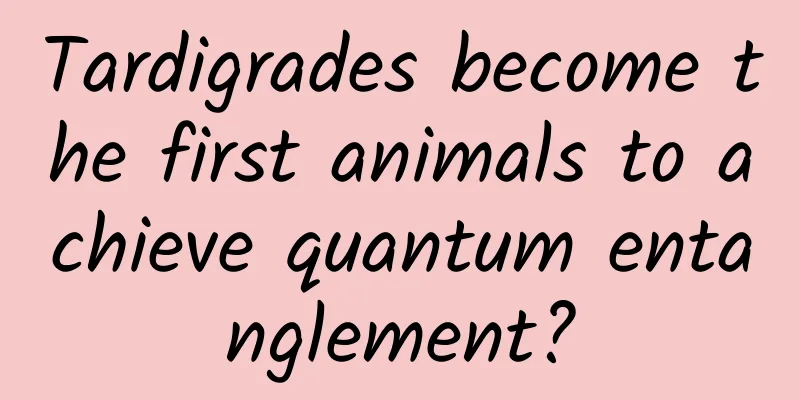Bemisia tabaci: How the world's only "super pest" came to be

|
Bemisia whitefly is recognized as the world's second largest pest by the Food and Agriculture Organization of the United Nations. It is also the only agricultural pest called a "super pest" so far. It can spread more than 300 plant viruses, and more than 600 species of plants are its food. Bemisia tabaci In the wonderful evolutionary process of nature, in order to resist the invasion of insects, plants will also produce some toxic substances to protect themselves, such as phenolic sugar, which is a common plant defense compound that can inhibit the growth and development of insects. However, if too much phenolic sugar accumulates in the plant, it will also be detrimental to the growth and development of the plant itself. Therefore, plants will use the malonyl transferase in their bodies to degrade phenolic sugar and make it non-toxic. Zhang Youjun's team found that the reason why Bemisia whiteflies are so harmful is because they "steal" the detoxification gene in plants - malonyl transferase (PMaT1). This means that genes that originally existed only in plants or a few fungi have now been transferred to insects, and this gene has not only been inherited from generation to generation, but also plays an important role - degrading the phenolic sugars that plants use to protect themselves. This process is called horizontal gene transfer, which probably occurred between 35,000 and 86,000 years ago. Compared with vertical gene transfer, that is, passing from parents to offspring, horizontal gene transfer breaks the boundaries of kinship and makes the possibility of gene flow more complicated. This discovery reveals how insects use horizontally transferred genes to overcome the host's defenses, opens up a new perspective for exploring the laws of insect adaptive evolution, and also provides a new idea for the development of a new generation of target gene-guided precise green field control technology for whiteflies. (Song Yajuan) Scientific review: Guo Zhaojiang, Chinese Academy of Agricultural Sciences |
>>: Mycoplasma outbreak in China? Maybe it's just an illusion
Recommend
ACM Distinguished Member Shuiwang Ji: Deep Learning in Quantum Chemistry and Physics
This article is reproduced from Leiphone.com. If ...
Windows licensing fees may drop to $42 in 2020
Microsoft recently released a free version of its ...
What is brand community identity?
In this era of material prosperity, the dazzling ...
What is the "Health Code" that we are using recently? Learn more in one article
As the return to work approaches, the epidemic pr...
Nonsense Questions and Answers: Snakes don’t have ears, so why would “beating the grass” scare the snake?
In the Harry Potter film series, There is a langu...
Huawei spends 2 billion yuan a year on PPT, and the reason behind it is that everyone is thinking about it
Recently, a Huawei employee complained that he ha...
Subdue the "devil" and create miracles: let ultra-low concentration gas "turn evil back to good"
As a byproduct of coal mining, coal mine gas is p...
The most admired luxury brand: luxury advanced experience first
Although it cannot be said that China's luxur...
5G mobile phones, waiting for spring
[[330468]] Currently, from mobile phone manufactu...
Sea otters are stealing surfboards, and now they're being hunted across the ocean
A sea otter is attacking surfers at Santa Cruz Be...
Family, you must try baked apples in winter!
Who invented this way of eating... It's so de...
Oh my god! I just found out that I can control objects remotely.
Imagine if you could make distant objects respond...
Uncover the technical features of mini program development through programming mode
Since the birth of mini programs, many people hav...
Dragon Year: Dragon Talk | If you can’t see the real dragon, take a look at these dragon substitutes
...
In the era of universal live broadcast, celebrities have their own unique way of playing live broadcast
Nowadays, in the development of live broadcasting...









